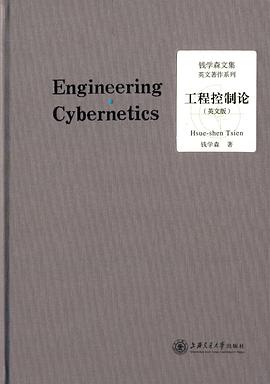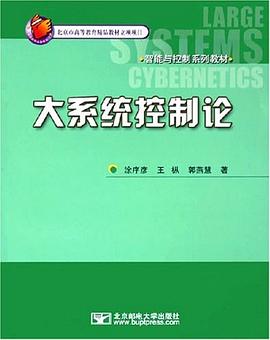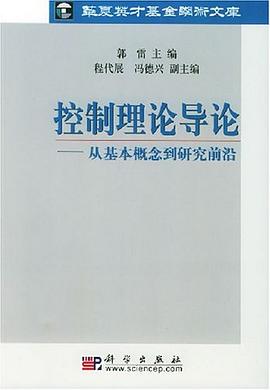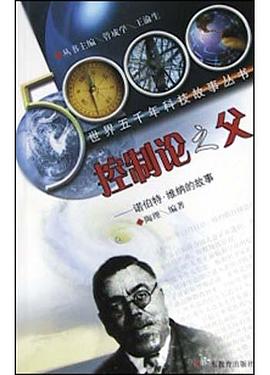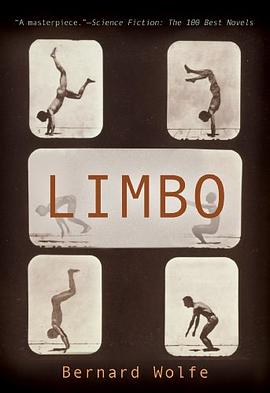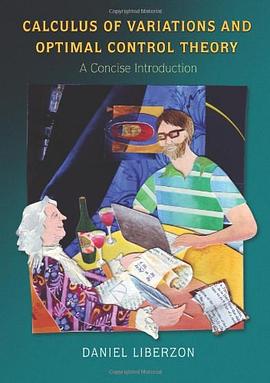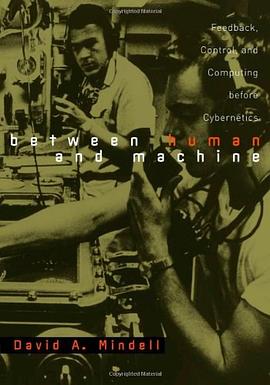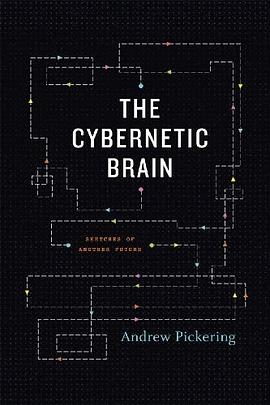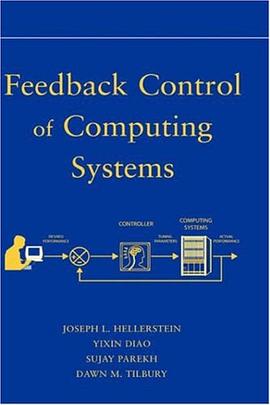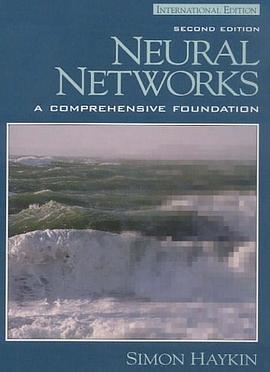Chapter 1 Introduction
1.1 Linear Systems of Constant Coefficients
1.2 Linear Systems of Variable Coefficients
1.3 Nonlinear Systems
1.4 Engineering Approximation
Chapter 2 Method of Laplace Transform
2.1 Laplace Transform and Inversion Formula
2.2 Application to Linear Equations with Constant Coefficients
2.3 "Dictionary" of Laplace Transforms
2.4 Sinusoidal Forcing Function
2.5 Response to Unit Impulse
Chapter 3 Input, Output, and Transfer Furction
3.1 First— Order Systems
3.2 Representations of the Transfer Function
3.3 Examples of First—Order Systems
3.4 Second Order Systems
3.5 Determination of Frequency Response
3.6 Composition of a System from Elements
3.7 Transcendental Transfer Functions
Chapter 4 Feedback Servomechanism
4.1 Concept of Feedback
4.2 Design Criteria of Feedback Servomechanisms
4.3 Method of Nyquist
4.4 Method of Evans
4.5 Hydrodynamic Analogy of Root Locus
4.6 Method of Bode
4.7 Designing the Transfer Function
4.8 Multiple—Loop Servomechanisms
Chapter 5 Nonintcracting Controls
5.1 Control of a Single—Variable System
5.2 Control of a Many Variable System
5.3 Noninteraction Conditions
5.4 Response Equations
5.5 Turhopropeller Control
5.6 Turbojet Engine with Afterburning
Chapter 6 Alternating—current Servomechanisms and Oscillating Control Servomechanisms
6.1 Alternating—Current Systems
6.2 Translation of the Transfer Function to a Higher Frequency
6.3 Oscillating Control Servomechanisms
6.4 Frequency Response of a Relay
6.5 Oscillating Control Servomechanisms with Built—in Oscillation
6.6 General Oscillating Control Servomechanism
Chapter 7 Sampling Servomechanisms
7.1 Output of a Sampling Circuit
7.2 Stibitz— Shannon Theory
7.3 Nyquist Criterion for Sampling Servomechanisms
7.4 Steady—State Error
7.5 Calculation of F2* (s)
7.6 Comparison of Continuously Operating with Sampling Servomechanisms
7.7 Pole of F2(s) at Origin
Chapter 8 Linear Systems with Time Lag
8.1 Time Lag in Combustion
8.2 Satehe Diagram
8.3 System Dynamics of a Rocket Motor with Feedback Servo
8.4 Instability without Feedback Servo
8.5 CoIrplete Stability with Feedback Servo
8.6 General Stability Criteria for Time—Lag Systems
Chapter 9 Linear Systems with Stationary Random Inputs
9.1 Statistical Description of a Random Function
9.2 Average Values
9.3 Power Spectrum
9.4 Examples of the Power Spectrum
9.5 Direct Calculation of the Power Spectrum
9.6 Probability of Large Deviations from the Mean
9.7 Frequency of Exceeding a Specified Value
9.8 Response of a Linear System to Stationary Random Input
9.9 Second Order System
9.10 Lift on a Two—Dimensional Airfoil in an Incompressible Turbulent Flow
9.11 Intermittent Input
9.12 Servo Design for Random Input
Chapter 10 Relay Servomechanisms
10.1 Approximate Frequency Response of a Relay
10.2 Method of Kochenburger
10.3 Other Frequency—Insensitive Nonlinear Devices
10.4 Optimum Performance of a Relay Servomechanism
10.5 Phase Plane
10.6 Linear Switching
10.7 Optimum Switching Function
10.8 Optimum Switching Line for I.inear Seeond—Order Systems
10.9 Multiple Mode Operation
Chapter 11 Nonlinear Systems
11.1 Nonlinear Feedback Relay Servomechanism
11.2 Systems with Small Nonlinearity
11.3 Jump Phenomenon
11.4 Frequency Demultiplication
11.5 Emrainment of Frequency
11.6 Asynchronous Excitation and Quenching
11.7 Parametric Excitation and Damping
Chapter 12 Linear System with Variable Coefficients
12.1 Artillery Rocket During Burning
12.2 Linearized Trajectory Equations
12.3 Stability of an Artillery Rocket
12.4 Stability and Control of Systems with Variable Coefficients
Chapter 13 Control Design by Perturbation Theory
13.1 Equations of Motion of a Rocket
13.2 Perturbation Equations
13.3 Adjoint Functions
13.4 Range Correction
13.5 Cutoff Condition
13.6 Guidance Condition
13.7 Guidance System
13.8 Control Computers
Chapter 14 Control Design with Specified Criteria
14.1 Control Criteria
14.2 Stability Problem
14.3 General Theory/or First—Order Systems
14.4 Application to Turbojet Controls
14.5 Speed Control with Temperature—Limiting Criteria
14.6 Second Order Systems with Two Degrees of Freedom
14.7 Control Problem with Differential Equation as Auxiliary Condition
14.8 Comparison of Concepts of Control Design
Chapter 15 Optimalizing Control
15.1 Basic Concept
15.2 Principles of Optimalizing Control
15.3 Considerations on Interference Effects
15.4 Peak—Holding Optimalizing Control
15.5 Dynamic Effects
15.6 Design for Stable Operation
Chapter 16 Filtering of Noise
16.1 Mean Square Error
16.2 Phillips's Optimum Filter Design
16.3 Wiener—Kolmogoroff Theory
16.4 Simple Examples
16.5 Applications of Wiener—Kolmogoroff Theory
16.6 Optimum Detecting Filter
16.7 Other Optimum Filters
16.8 General Filtering Problem
Chapter 17 Ultrastability and Muhistability
17.1 Ultrastable System
17.2 An Example of an Uhrastable System
17.3 Probability of Stability
17.4 Terminal Fields
17.5 Muhistable System
Chapter 18 Control of Error
18.1 Reliability by Duplication
18.2 Basic Elements
18.3 Method of Multiplexing
18.4 Error in Executive Component
18.5 Error of Multiplexed Systems
18.6 Examples
Index
出版后记
· · · · · · (
收起)
